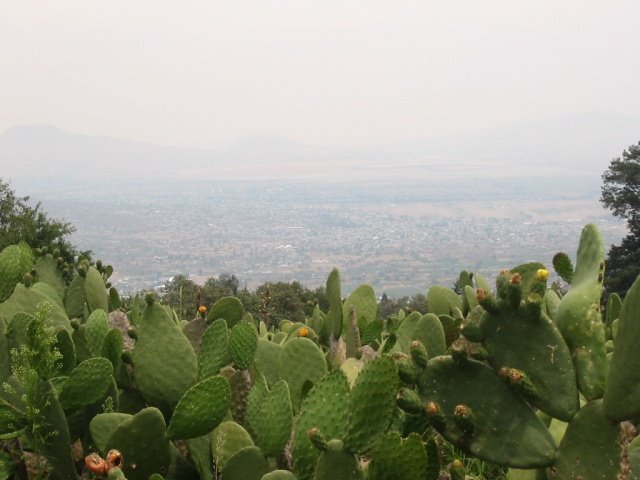
| From: Guillermo Rivera Date: 8/23/2007 11:18:25 AM Subject: Newsletter from Argentina. Cactus Expeditions-Argentina Birdwathing |
I hope you are doing fine, and that you are enjoying the growing season for this year. Just a short newsletter this time, with the latest trips and updates.
CENTRAL BRAZIL
As some of you know, we did our first trip to Central Brazil in June. We did around 4500 kilometers through the states of Minas Gerais and Bahia. We had an excellent group with a multiplicity of interests, so we got to see great variety of both cacti (Uebelmannias, Discos, Melos, and many columnar species) and bromeliads (Hohembergias, Encholiriums, Dyckias, Ortophytum, Cryptanthus, Neoregelias, Achmeas, etc). We will be repeating this tour next year (BRAZIL CENTRAL 2008 June 9 –Jun 26), with perhaps some changes, if we have a group exclusively for Bromeliads (we would include Espiruto Santo state). I have been in touch with Elton Leme, so I am collecting a lot of information (from what we saw, and for other locations!).
A. CACTUS AND BROMELIAD TRIPS
B. BIRD WATCHING TRIPS
A. CACTUS AND BROMELIAD TRIPS
1. CROSSING THE ANDES: Argentina and Chile combined in one trip
A lot of people are asking me to repeat a trip to Chile, so I will offer this one for 2008. A great trip combining the best of both countries, plus the unique experience of crossing the Andes in two occasions!
CHILE – ARGENTINA 2008 Mar 29 – Apr 13 (16 days, $2550, all inclusive except air fare. Price may vary if number of people is less than 12)
2. CENTRAL BRAZIL
We will be repeating our successful itinerary that we completed in 2007 in the year 2008. Slight changes may be done depending on the major interest of the people joining this tour. Great opportunity to see cactus and bromeliads, besides some beautiful birds and incredible scenery.
BRAZIL CENTRAL 2008 June 9 –Jun 26 (18 days, $2750, all inclusive except air fare. Price may vary if number of people is less than 12)
3. NORTHWESTERN ARGENTINA
Our classical tour in the peak of the flowering season for many Argentinean cactus species. We will also see over 50 species of Bromeliads (Tillandsias, Dyckias, Deuterochonias, Achmeas, Bromelias, etc).
N. WESTERN ARGENTINA 2008 Nov 20 – Dec 5 (16 days, $2250, all inclusive except air fare. Price may vary if number of people is less than 10)
B. BIRD WATCHING TRIPS
1. IGUAZU AND PANTANAL
A birding trip combining some of the best places in south America for scenery and birding!
A slight change in the itinerary (from the one published on the website) may take place, in order to save some kilometers (and perhaps some days). Possibly starting from Iguazu and ending in Cuiaba. Possible 16-17 days.
The trip will be plan for May (less mosquitoes than March or April)
2. NORTHWESTERN ARGENTINA/IGUAZU BIRDING TRIPS
Dates to be announced.
3. NORTHWESTERN ARGENTINA BIRDING TRIPS
Dates to be announced.
As soon as I return to Argentina, I will follow up with more detailed information.
All the best,
Guillermo


